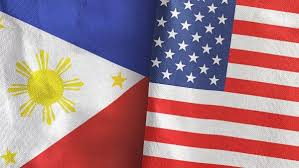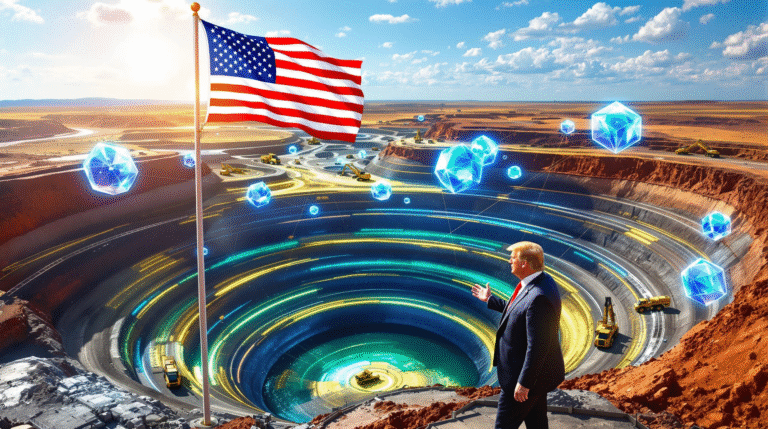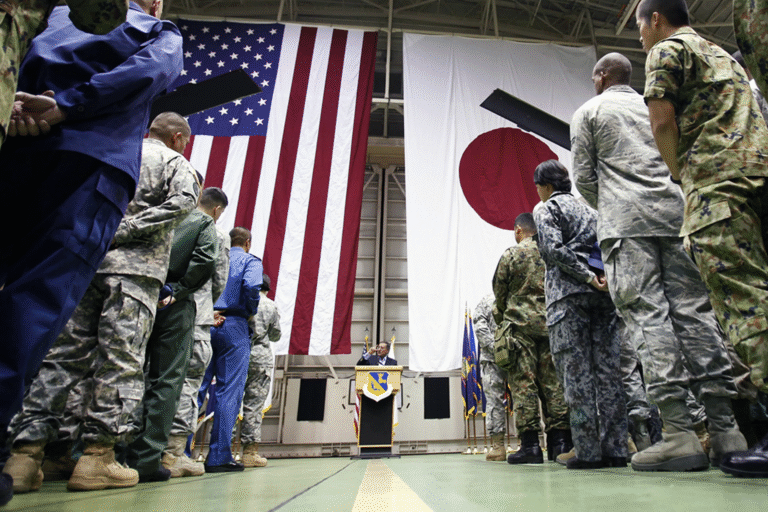
he Philippines is broadening its search for international allies amid growing concerns over the unpredictability of U.S. foreign policy under former President Donald Trump. As tensions rise in the Asia-Pacific region, Manila is reassessing its traditional alliances and exploring new partnerships to safeguard its strategic interests and maintain stability.
Under President Rodrigo Duterte, the Philippines has sought to diversify its foreign relations, including strengthening ties with China and Russia. This shift is driven in part by doubts about the reliability of the United States, a longtime defense partner, as an ally. Trump’s “America First” policies and erratic leadership style have raised questions about Washington’s commitment to its allies in Southeast Asia.
The move to widen diplomatic relationships aligns with Duterte’s independent foreign policy approach, emphasizing national sovereignty and reducing reliance on any single country. However, this strategy also poses challenges, as balancing new alliances while maintaining existing ones requires careful navigation of geopolitical dynamics.
As the Philippines continues to adapt to changing global circumstances, the nation’s efforts to secure broader international support highlight its determination to assert its position on the world stage.
Many times in recent years, Philippine naval vessels have been isolated and surrounded in the South China Sea by more heavily armed and numerous Chinese ships.
These days, though, more and more countries are reaching out to the Philippines to show that it is not alone. Just last month, Manila agreed on legal frameworks with New Zealand and Canada for joint military exercises and received visits from the U.K. foreign secretary, the Japanese defense secretary, a Singapore Navy landing ship and, from France, the country’s Asia-Pacific naval commander and the nuclear-powered aircraft carrier Charles de Gaulle. Germany’s defense chief, meanwhile, hosted Philippine Armed Forces Chief of Staff Romeo Brawner Jr. in Munich.





